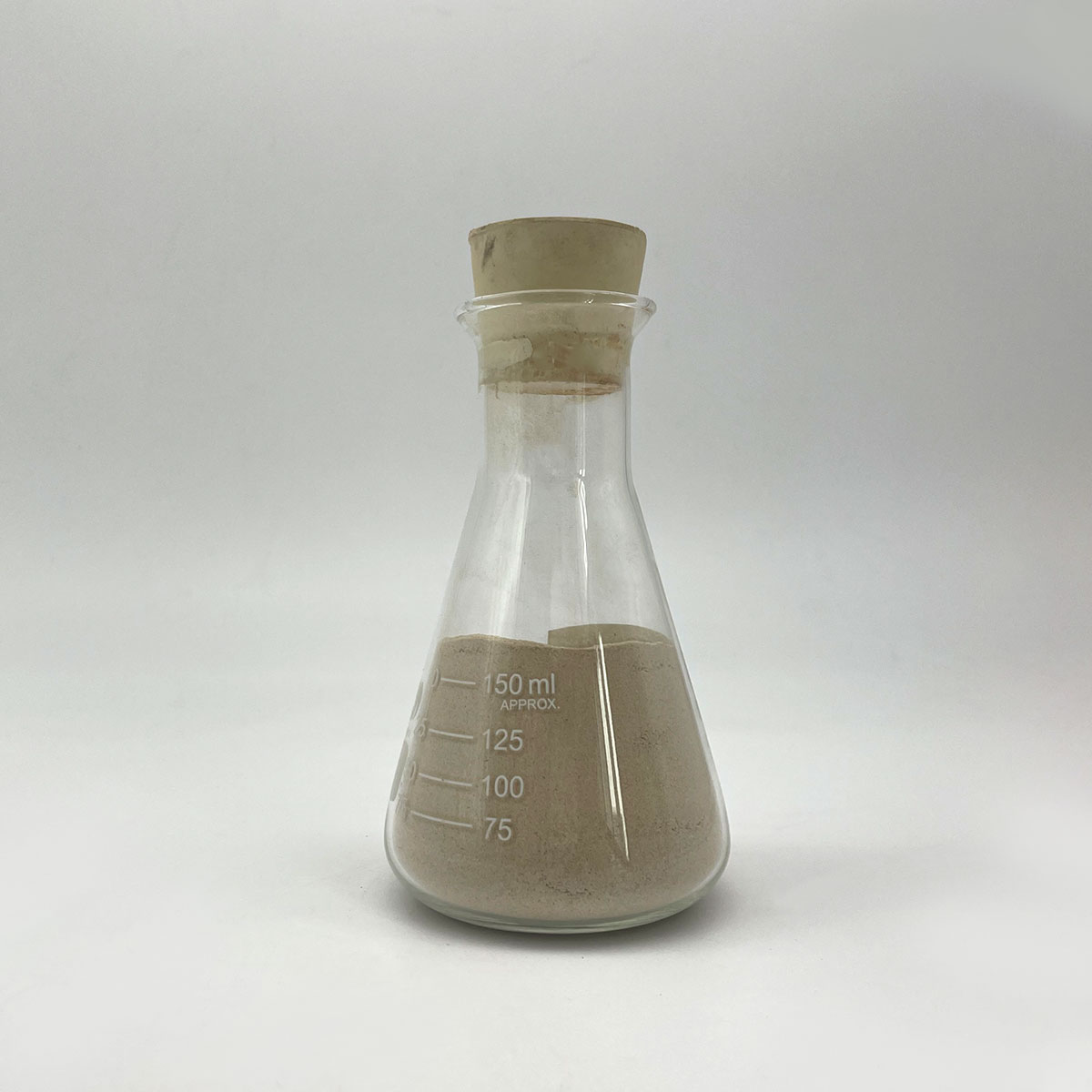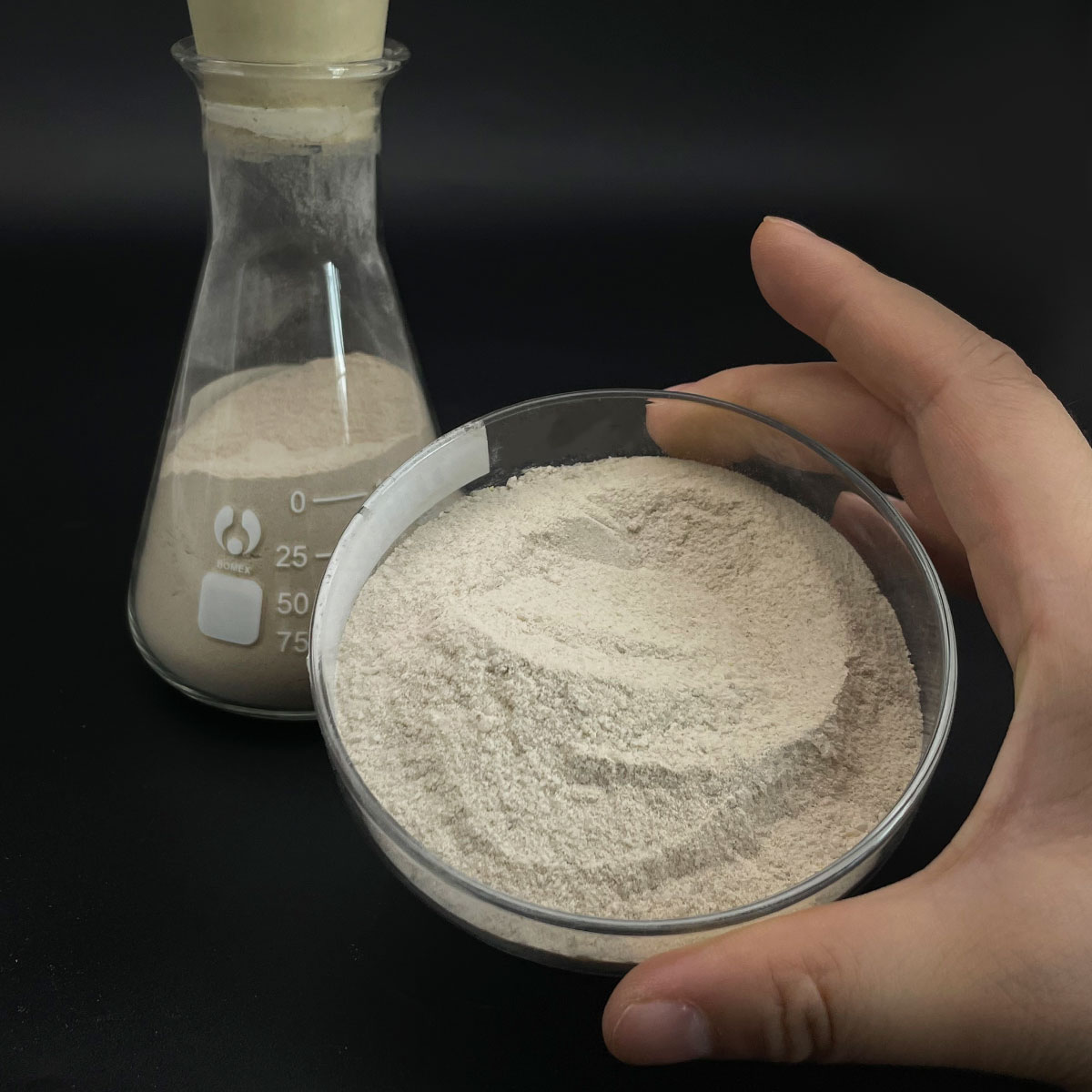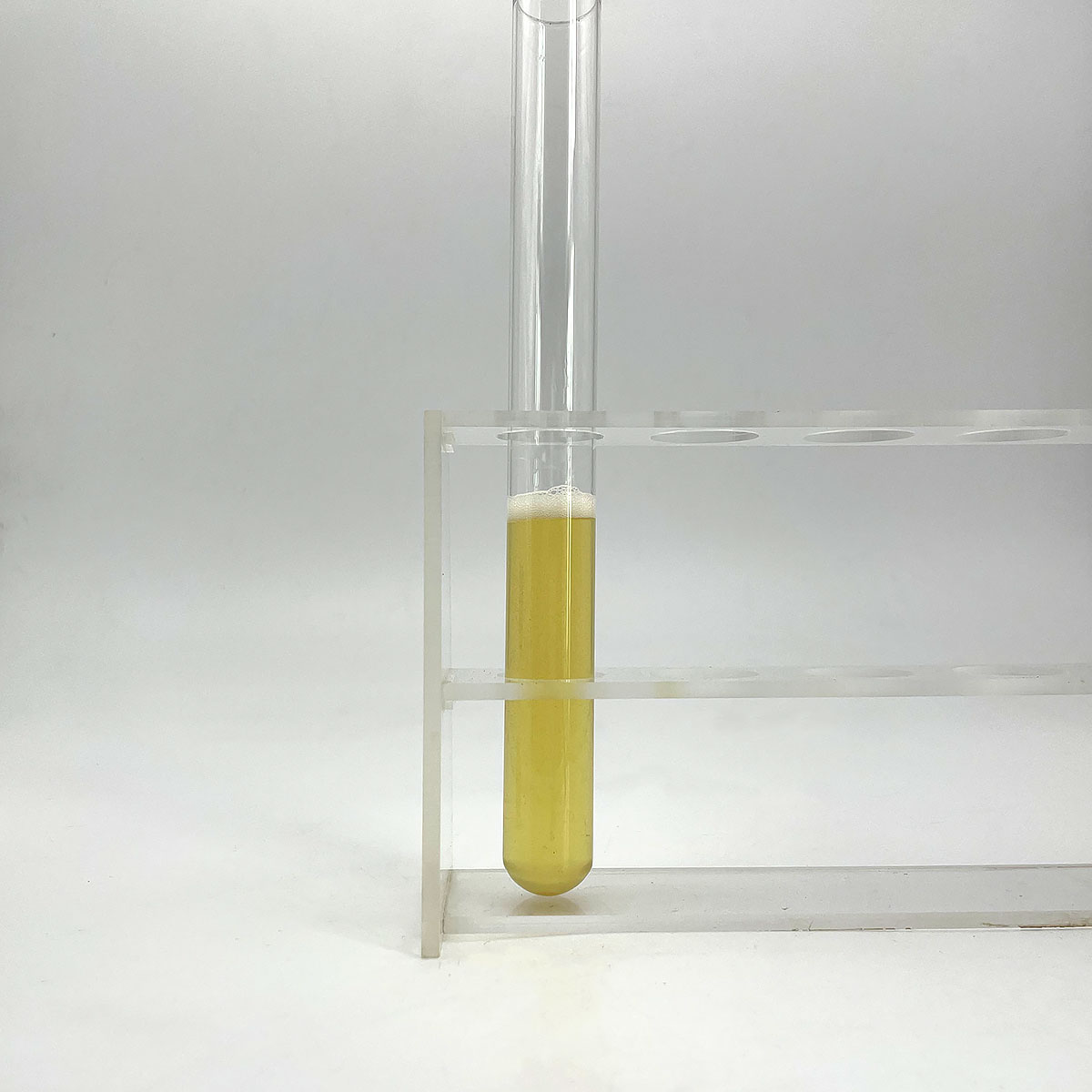Overview of Cationic Organic Surfactant for Wastewater Treatment
Polymer surfactants, also known as polymeric surfactants or amphiphilic polymers, are high-molecular-weight compounds that combine the properties of traditional low-molecular-weight surfactants with the unique features of polymers. Unlike small molecule surfactants, polymer surfactants offer enhanced stability, improved solubility, and the ability to form more complex structures such as micelles, hydrogels, and vesicles. These macromolecules find applications across a wide range of industries due to their tailored structures and tunable properties, which allow for precise control over interfacial behavior and solution rheology.
Features of Cationic Organic Surfactant for Wastewater Treatment
-
Molecular Weight and Structure: With a much higher molecular weight, polymer surfactants offer enhanced stability in harsh conditions and over prolonged periods compared to small molecule surfactants.
-
Tunability: The structure of polymer surfactants can be precisely engineered to include different functional groups, monomer sequences, and architectures, allowing for specific interactions and properties.
-
Multifunctionality: Apart from surface activity, they can also provide additional functionalities like thickening, rheology modification, and controlled release capabilities.
-
Self-Assembly: Capable of forming sophisticated self-assembled structures like micelles, hydrogels, and vesicles, which can encapsulate or release active ingredients in a controlled manner.
-
Environmental Compatibility: Many polymer surfactants are designed to be biodegradable and less toxic, making them suitable for eco-friendly applications.
-
Temperature and pH Responsiveness: Some polymer surfactants exhibit responsive behavior to changes in temperature or pH, enabling stimuli-responsive systems.

(Cationic Organic Surfactant for Wastewater Treatment)
Specification of Cationic Organic Surfactant for Wastewater Treatment
Cationic natural surfactants are key in wastewater therapy. They assist remove contaminants by breaking down oils, greases, and organic bits. These surfactants carry a positive charge. This fee draws in adversely billed contaminants in water. The result is effective separation of impurities from wastewater.
The item is a high-purity cationic surfactant. Its chemical structure consists of a lengthy hydrophobic chain and a hydrophilic ammonium team. This design enhances its capability to bind with contaminants. The surfactant appears as a clear, pale-yellow liquid. It liquifies easily in water. Its pH variety is 5.0– 7.0. This makes it compatible with many therapy systems.
The active material of the surfactant is 40– 50%. This makes sure strong performance without excess dosing. It operates in both acidic and neutral problems. The advised dosage is 10– 100 ppm. This depends on contaminant degrees. It is included directly to wastewater during the coagulation or flotation phase.
The surfactant minimizes surface area stress in water. This boosts the performance of solid-liquid separation. It likewise functions as a flocculant aid. It collections great particles right into larger clumps. These clumps resolve much faster. The product works versus oils, hefty metals, and organic dyes. It operates in commercial and local wastewater.
Safety and security is a top priority. The surfactant is non-toxic and naturally degradable. It meets ecological standards. Correct handling needs gloves and goggles. Stay clear of straight skin contact. Store in a cool, completely dry area. Avoid strong oxidizers. The service life is one year in sealed containers.
The product is affordable. It reduces sludge quantity and therapy time. It minimizes the demand for multiple chemicals. Its security guarantees constant results. Compatibility with various other treatment agents streamlines procedure integration.
This cationic surfactant is a dependable option for wastewater therapy. It stabilizes efficiency, security, and environmental care. Individuals see cleaner water outcomes and satisfy regulative requirements.

(Cationic Organic Surfactant for Wastewater Treatment)
Applications of Cationic Organic Surfactant for Wastewater Treatment
Cationic natural surfactants play a crucial duty in wastewater treatment. These surfactants have favorably charged particles. This fee aids them bind to negatively charged bits in wastewater. They are effective in eliminating pollutants like oils, oil, and hefty steels.
One major usage is coagulation and flocculation. The surfactants stay with suspended solids and organic matter. This makes the bits clump together. The globs become hefty and sink. They are then easy to get rid of by purification or sedimentation.
These surfactants likewise assist in disinfection. They damage down the cell membranes of germs and infections. This eliminates harmful bacteria. It makes treated water more secure for launch right into the setting.
One more application is removing hefty metals. The favorable cost brings in metal ions like lead or cadmium. The surfactants form facilities with the steels. These facilities can be strained. This minimizes toxicity in wastewater.
Cationic surfactants work well for oil and grease elimination. They damage down oily substances right into smaller sized beads. The droplets separate from water. This is useful in industrial wastewater from manufacturing facilities or refineries.
They boost sludge dewatering too. Sludge holds a great deal of water. Surfactants decrease water retention. This makes sludge drier and simpler to manage. It reduces disposal expenses for treatment plants.
These surfactants have benefits over traditional chemicals. They work in a vast pH array. They are naturally degradable. They trigger much less environmental damage. They need smaller sized dosages. This makes them affordable.
Cationic natural surfactants are flexible. They address multiple contamination problems in one step. They work with various other therapy techniques. Their performance makes them a practical option for modern-day wastewater monitoring.
Company Profile
SurfactantChina is a trusted global chemical material supplier & manufacturer with over 12-year-experience in providing super high-quality surfactant and relative products.
The company has a professional technical department and Quality Supervision Department, a well-equipped laboratory, and equipped with advanced testing equipment and after-sales customer service center.
If you are looking for high-quality surfactant and relative products, please feel free to contact us or click on the needed products to send an inquiry.
Payment Methods
L/C, T/T, Western Union, Paypal, Credit Card etc.
Shipment
It could be shipped by sea, by air, or by reveal ASAP as soon as repayment receipt.
5 FAQs of Cationic Organic Surfactant for Wastewater Treatment
Cationic organic surfactants help treat wastewater. Here are common questions about them. What are cationic organic surfactants? They are positively charged molecules. They attract negatively charged particles in water. This makes contaminants clump together. The clumps are easier to remove from wastewater. How do these surfactants work? They bind to dirt, oils, and organic matter. The binding process neutralizes the particles. This allows the particles to separate from water. The water becomes cleaner after filtration. What makes them better than other surfactants? They work well in acidic conditions. They stay effective with hard water. Regular surfactants might fail in these cases. They also reduce surface tension better. This improves the overall treatment process. Are they safe for the environment? Yes, if used correctly. They break down faster than synthetic options. Proper dosing prevents harm to aquatic life. Always follow guidelines for disposal. Where are they used most? They are common in industrial wastewater plants. Factories releasing oily or greasy waste benefit. They also treat municipal water with high organic content. Mining and food processing industries use them too. These answers cover basic points. Users should consult experts for specific cases.

(Cationic Organic Surfactant for Wastewater Treatment)






